seriousshopper
Rough_Rock
- Joined
- Jul 25, 2006
- Messages
- 16
Purchased a 1.01 ct princess cut ~2yrs ago and now it is chipped. I took it to a gemologist to get a damage appraisal and she said the stone will most likely have very little salvage value. I do have insurance on the ring. The chip is not small and is on the table of the stone. The gemologist commented that the stone was set properly and that it was set well. According to the gemologist the chip started in the table and migrated to one of the corners. Does this sound like an accurate interpretation? Aren''t the stresses of the stone concentrated at the corners? One would think that the failure would migrate from the corner to the table?
Now we need to decide what type of stone to replace the princess with. Another princess, square radiant or square cushion. I am most concerned with durability and have a few questions.
1. Do the sharp corners of the princess cuts concentrate more stress at a single point (corners) on the diamond? Is this what leads to the frequent failure of princess cuts?
2. Are radiant cuts or cushion cuts more durable than princess cuts? Assuming the princess cut is set properly.
3. Do princess cuts actually chip more than other ''squarish'' cuts or do we just hear about it more because there are more princess cuts sold compared to the other ''squarish'' cuts?
4. If a square stone fails along it''s cleavage plane (as apparently my wife''s stone has) what difference will it make whether the corners are cut or chamfered?
Thank you in advance for your advice. This really is a great website.
Regards,
John
Now we need to decide what type of stone to replace the princess with. Another princess, square radiant or square cushion. I am most concerned with durability and have a few questions.
1. Do the sharp corners of the princess cuts concentrate more stress at a single point (corners) on the diamond? Is this what leads to the frequent failure of princess cuts?
2. Are radiant cuts or cushion cuts more durable than princess cuts? Assuming the princess cut is set properly.
3. Do princess cuts actually chip more than other ''squarish'' cuts or do we just hear about it more because there are more princess cuts sold compared to the other ''squarish'' cuts?
4. If a square stone fails along it''s cleavage plane (as apparently my wife''s stone has) what difference will it make whether the corners are cut or chamfered?
Thank you in advance for your advice. This really is a great website.
Regards,
John


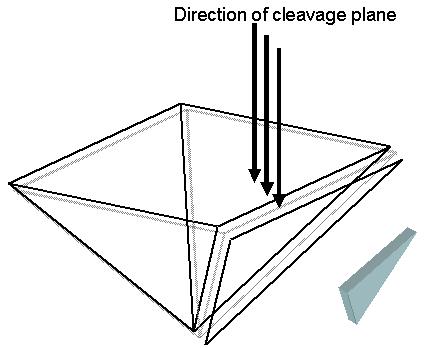
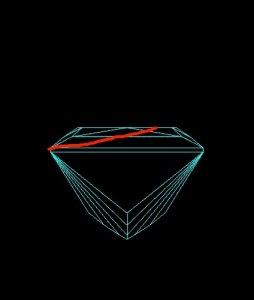
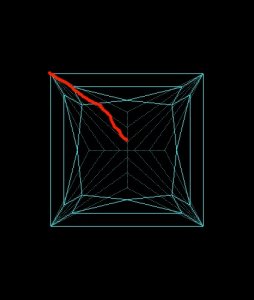

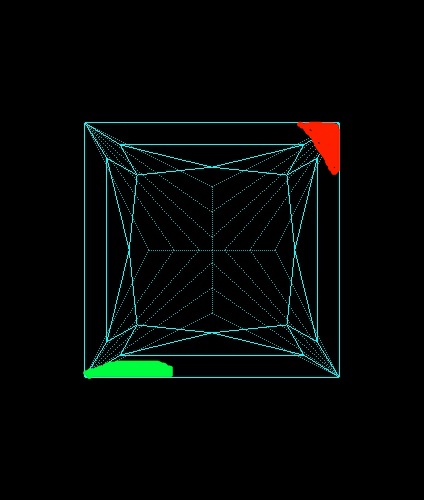
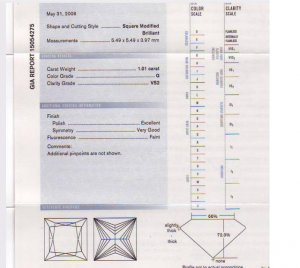
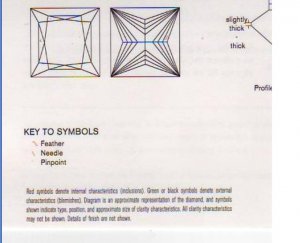


300x240.png)